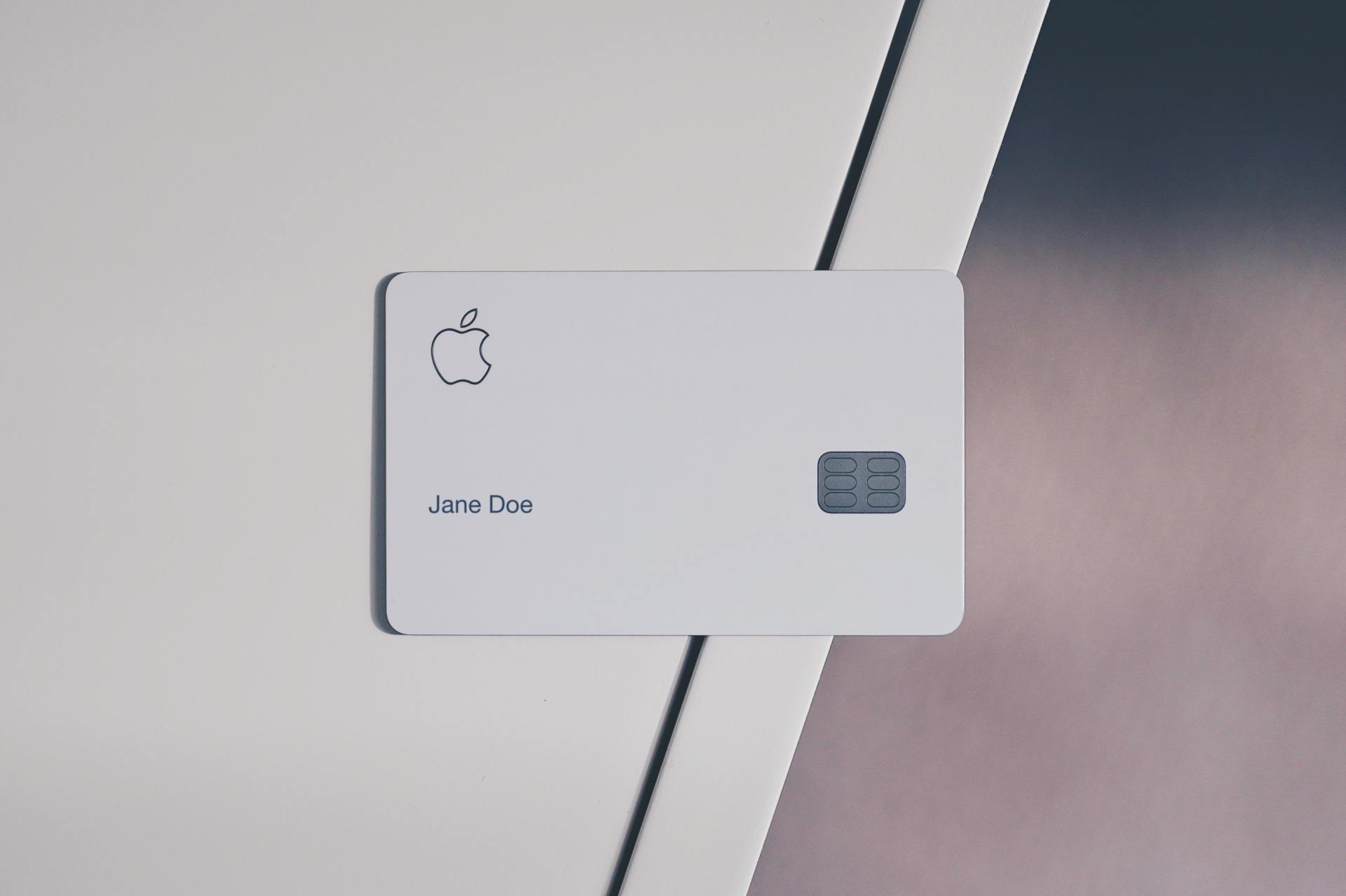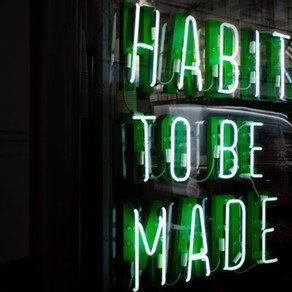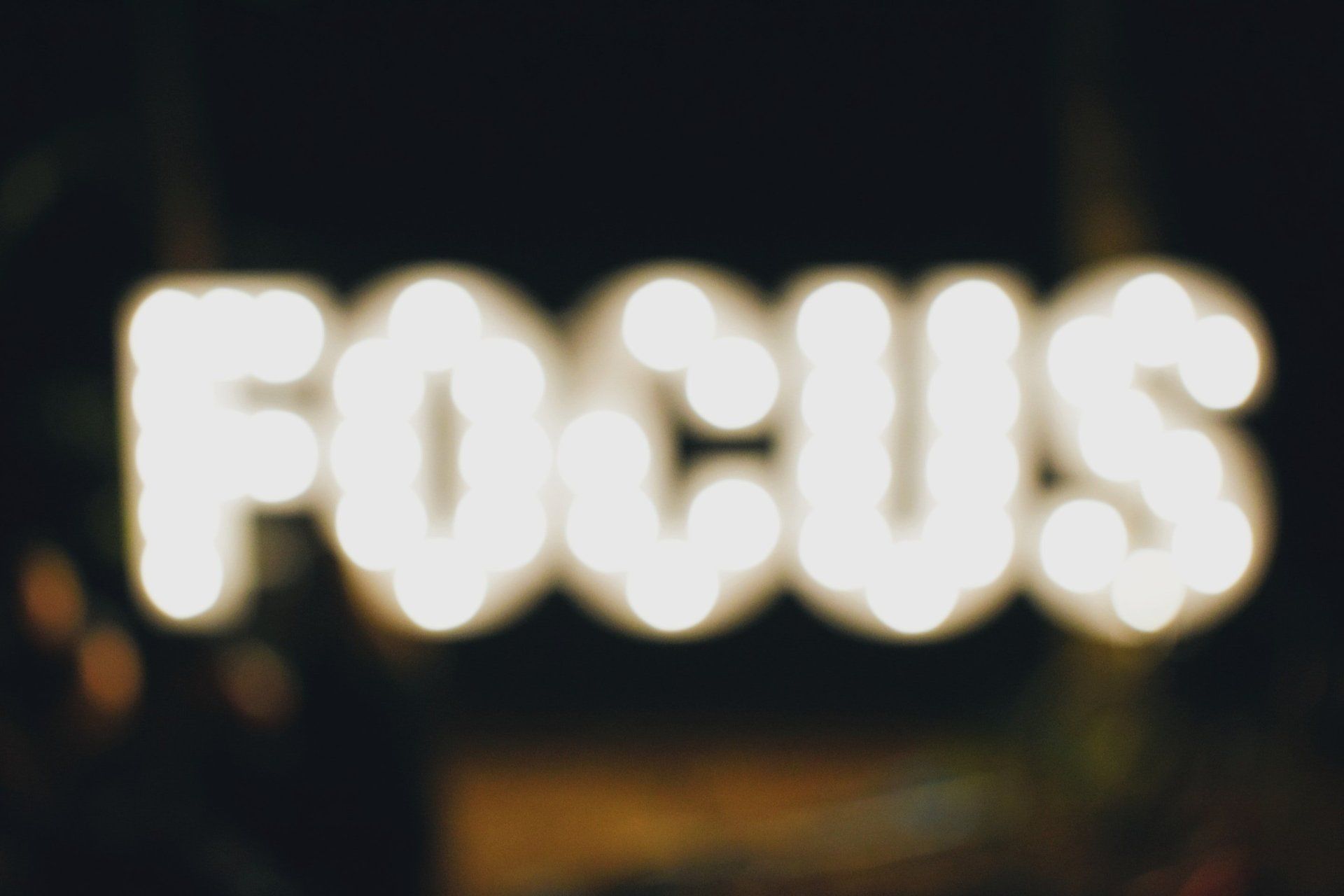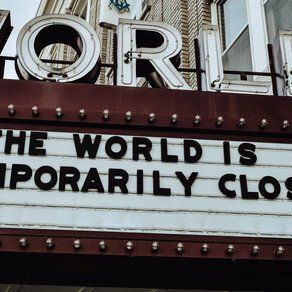BLACK FRIDAY & BEHAVIOURAL ECONOMICS
What Drives Us to Buy, and How Brands Should Respond
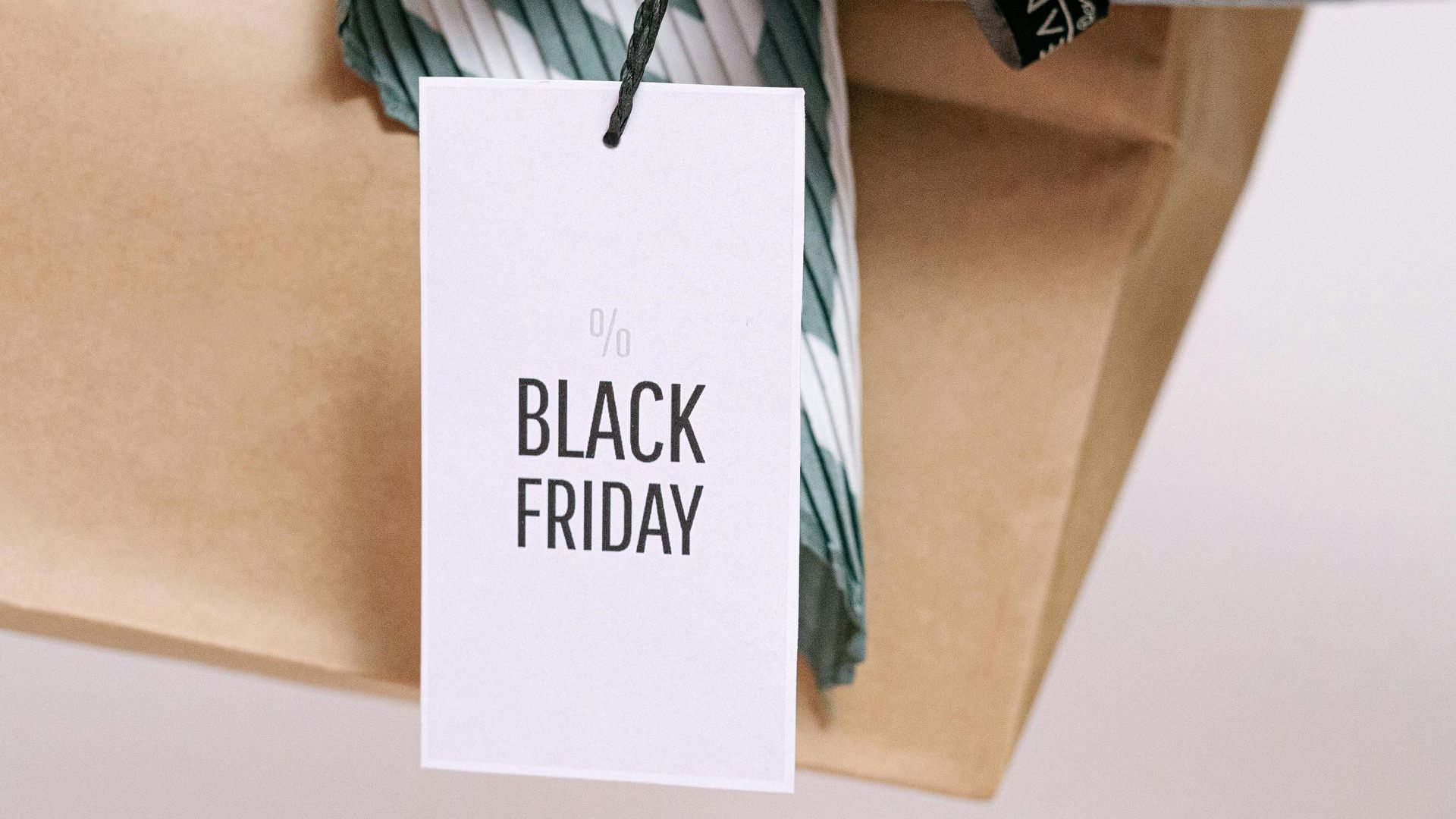
Black Friday is no longer just a shopping day; it’s a global phenomenon. What started as a post-Thanksgiving sales event in the US has become a frenzied retail spectacle, with urgency, scarcity, and dramatic discounts driving consumer behaviour. However, beneath the surface lies a deeper narrative about how behavioural economics shapes our decisions.
I met Richard Shotton following the publication of his book The Choice Factory and its content has remained with me particularly how psychological biases influence how we buy, this article explores how brands can rethink their approach to Black Friday. Instead of succumbing to the short-term allure of sales, they can create campaigns that engage audiences meaningfully, build trust, and resonate across marketing channels.
Whilst we are over Black Friday and Cyber Monday, there are lessons that can be learned as we enter the festive season on how consumers behave when buying.
The Psychology Behind Black Friday
At its core, Black Friday is a masterclass in behavioural biases:
- Scarcity and Urgency - The power of scarcity is evident when a deal is presented as limited or exclusive. As Shotton highlights in - The Choice Factory, when people perceive something as scarce, they assign greater value to it. Add urgency—“Offer ends at midnight!”—and the pressure to act becomes irresistible.
- Loss Aversion - Human behaviour is more motivated by avoiding loss than seeking equivalent gains. Black Friday taps into this bias with messages like “Don’t miss out!” or “Last chance to save!” These statements aren’t just persuasive; they ignite a primal fear of regret.
- Anchoring - Discounted prices anchor our perception of value. If a product originally costs £200 but is now £100, it feels like a steal—even if its usual price has been inflated. Anchoring biases consumers towards seeing the discount as the primary driver of worth.
- Social Proof and Herd Mentality - Seeing others queueing outside stores or reading “1,000 people are viewing this product” triggers herd mentality. This phenomenon suggests that if so many others are buying, the deal must be worthwhile, further nudging consumers towards impulsive decisions.
- Choice Overload - Paradoxically, while Black Friday thrives on abundance, it can also overwhelm. Too many options lead to decision paralysis, where customers struggle to choose and often abandon purchases altogether.
How Brands Can Respond
Brands face a pivotal decision during Black Friday: lean into these psychological triggers for short-term wins or reimagine how to engage customers in a more authentic and sustainable way.
- Leverage Data for Personalisation - Understanding your audience is critical. By analysing behavioural data, brands can predict which products will resonate and tailor offers accordingly. For example, segmenting audiences by past purchases or browsing behaviour can help curate deals that feel relevant and personal, reducing decision fatigue.
- Create Shareable Moments - Younger consumers, especially those aged 18–35, are heavily influenced by social media platforms like TikTok and Instagram. They value experiences and stories they can share. Instead of defaulting to blanket discounts, brands in sectors like homeware, food, and drink could craft campaigns that emphasise quality, creativity, and sustainability—elements that align with this audience’s values. For example, rather than a typical sale, a food brand might offer limited-edition holiday recipes or homeware brands could showcase artisanal products tied to local craftsmanship. These create “Instagrammable” moments, increasing organic reach and engagement.
- Embrace Authenticity Over Hype - The herd mentality of Black Friday often encourages brands to follow the pack, but standing out through authenticity can be far more effective. Shotton points to the importance of trust in consumer decision-making. Overusing scarcity or urgency risks eroding that trust. Instead, brands should focus on transparency and long-term value. Luxury brands, for example, rarely participate in Black Friday. They maintain consistent pricing year-round, reinforcing their ethos of quality and exclusivity. For non-luxury brands, consistency in messaging and pricing during the holiday season can foster greater loyalty over time.
- Build Emotional Connections - Behavioural economics highlights that consumer decisions are driven as much by emotion as by logic. Campaigns that connect emotionally with audiences—perhaps by aligning with charitable causes or environmental initiatives—can differentiate brands in the Black Friday chaos.
Breaking the Cycle
Black Friday has become synonymous with frenzied consumerism. But as consumer confidence remains fragile, brands have an opportunity to break the cycle and forge a more meaningful path forward.
Focus on Quality, Not Quantity
Instead of overwhelming consumers with endless discounts, brands can narrow their offerings to highlight carefully chosen, high-quality products. This aligns with the principle of reducing choice overload while reinforcing a reputation for excellence.
Rethink Timelines
The extended holiday shopping season blurs the lines between Black Friday, Cyber Monday, and Boxing Day. Rather than spreading promotions thin, brands could focus on distinct, meaningful campaigns that create clear moments of engagement.
Reinforce Sustainability
With sustainability becoming a critical factor for many shoppers, particularly younger demographics, brands should highlight eco-friendly practices. This could include promoting products made from sustainable materials, reducing packaging waste, or pledging to donate a portion of Black Friday profits to environmental causes.
Lessons from Great Campaigns
Some of the most effective marketing campaigns, like those pioneered by Bartle Bogle Hegarty (BBH), succeed because they blend insight with creativity. They tell stories that resonate universally while being grounded in human behaviour.
Take BBH’s work for Levi’s with “Laundrette,” which became iconic because it tapped into timeless themes of confidence and individuality. Similarly, a brand that challenges the status quo of Black Friday with a bold, story-driven campaign could transform consumer perceptions and spark deeper loyalty.
The Bottom Line
Black Friday thrives on behavioural biases, but brands don’t need to be bound by them. By understanding the psychology of their audiences and crafting campaigns rooted in authenticity, data, and creativity, they can engage customers in ways that transcend fleeting discounts.
Whether it’s through breaking free from herd mentality, reducing choice overload, or crafting shareable experiences for a TikTok generation, brands have the chance to rewrite the Black Friday playbook. The result? Not just sales, but deeper, more enduring connections with their customers.
To follow our insights subscribe on LinkedIn https://www.linkedin.com/build-relation/newsletter-follow?entityUrn=7269369027058143232





